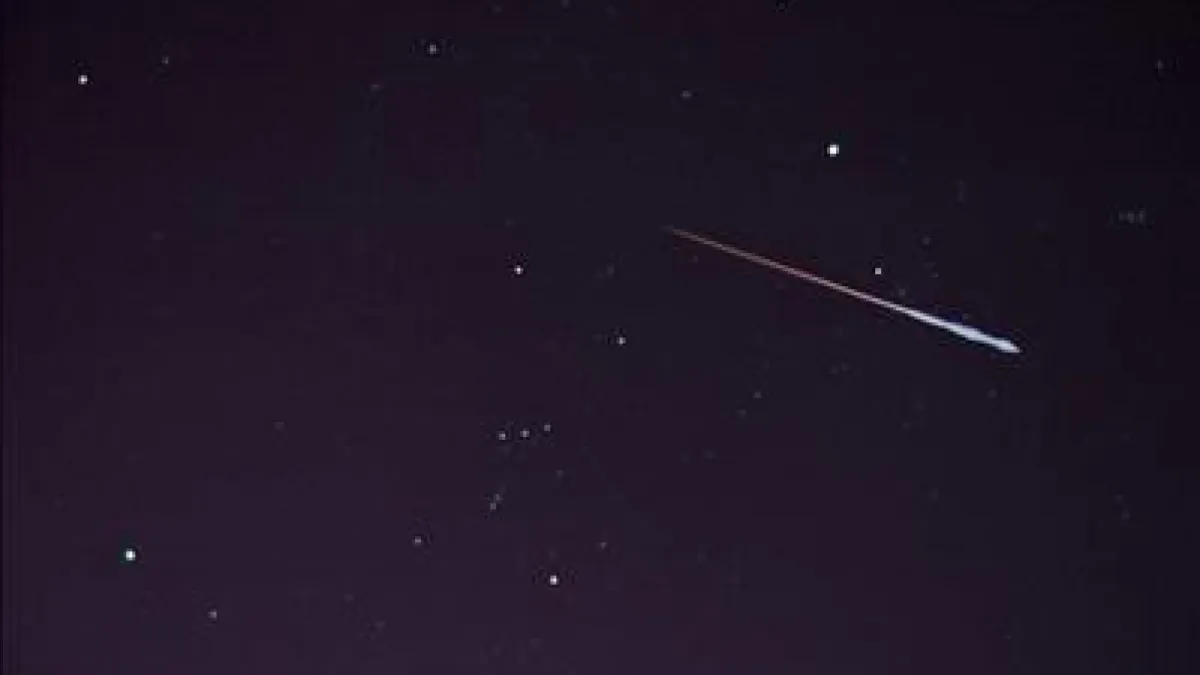Copyright NBC 5 Chicago

Stargazers will be in for a treat beginning late Monday - a meteor shower widely considered one of the most beautiful displays of the year. The Orionid meteor shower will peak beginning in the nighttime hours through Tuesday morning, sending somewhere between 10 and 20 shooting stars streaking across the dark sky, according to a Space.com article. According to NASA, the specific shower occurs when Earth travels through debris trailing behind Halley's Comet, and the debris burns up in the atmosphere. Orionids, which are known for their brightness and for their speed, travel at about 41 miles per second into Earth's atmosphere and can leave behind glowing "trains," incandescent bits of debris, which last for several seconds to minutes, NASA stated on its website. If you'd like to see a meteor zooming through the sky, your best chance is to head outdoors before midnight until around 2 a.m. For the best view, find an area away from the city or street lights. NASA recommends you lie flat on your back with your feet facing southeast - and look up, taking in as much of the sky as possible. As the meteor shower peaks, you might also notice something different from other nights: a sky without a moon; Tuesday happens to be the date of the new moon. And it's good news for skywatchers: the presence of a moonless sky will up the chances of capturing a fireball soaring through the night. Because these fast meteors can become fireballs, you'll want to look for prolonged explosions of light during the shower, NASA revealed. Orionids get their name because they seem to come from the direction of the Orion constellation, but it's possible they could be present all across the sky. According to NASA, you'll want to view the Orionids from 45 to 90 degrees away from the constellation. Doing so will make the Orionids appear longer and more stunning, while looking directly at the meteors will make them seem short. The meteor shower itself actually lasts a few weeks, though the peak is on Tuesday. The shower began on Oct. 2 and is expected to remain active until Nov. 7. The Orionid shower adds to a packed month of celestial activity; October featured a supermoon on the sixth of the month and the Draconid meteor shower.



